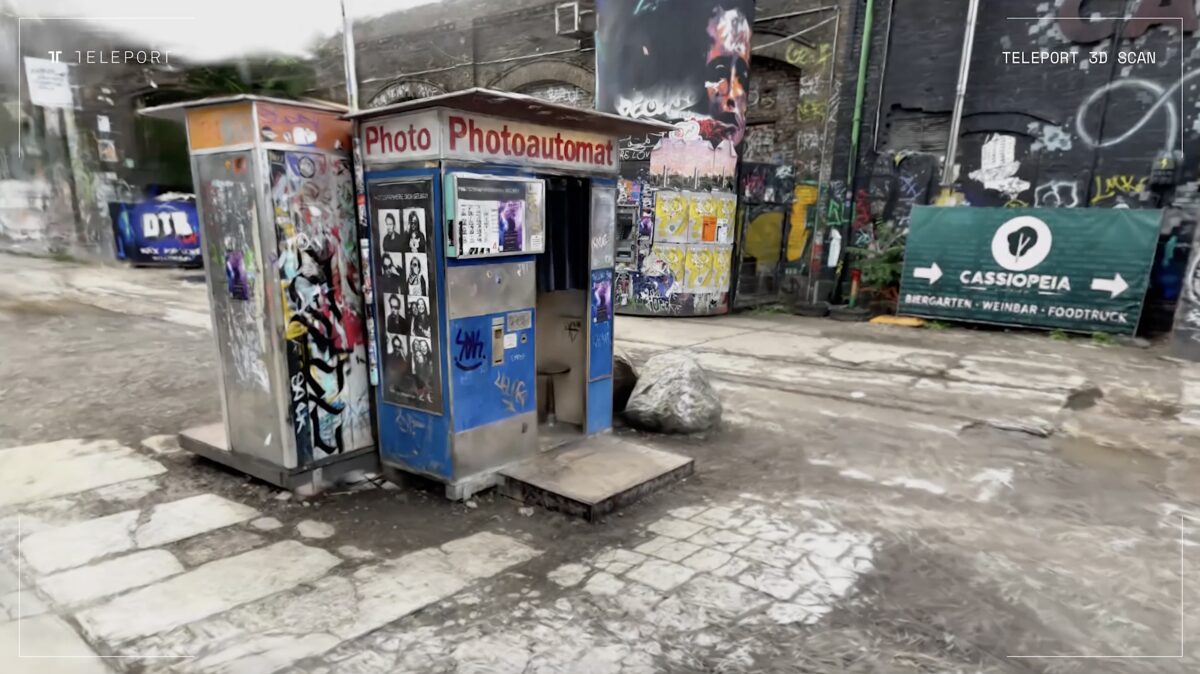Varjo introduces Teleport: Gaussian splatting for VR headsets

Varjo introduces a new service: With Teleport, real locations can be captured with a smartphone and then spatially explored with a PC VR headset.
Varjo is demonstrating Teleport at AWE 2024 in Long Beach, California.
Teleport is designed to transform rooms or outdoor locations into a VR experience with relatively simple means. These are first scanned with a smartphone. Teleport then reconstructs the scene "with accurate lighting, shading, textures and reflections using breakthrough advancements in 3D Gaussian splatting and machine learning technologies."
The splats are displayed using Varjo headsets, other OpenXR-based PC VR devices or flat on Windows computers.
“Varjo is further bridging the gap between real worlds and virtual worlds by introducing the world’s first high-resolution end-to-end scan-to-VR solution. Teleport by Varjo can radically reduce the time and cost associated with digitizing real-world places, making immersive experiences rooted in reality more accessible and effective,” says Patrick Wyatt, Chief Product Officer at Varjo in a prepared statement.
The service is set to launch later this year. Interested parties can join the waiting list on the official website.
Gaussian splatting is starting to arrive in XR products. Just yesterday, the Gracia platform for sharing Gaussian splats was introduced, compatible with PC VR headsets and Quest 3 (see Gracia hands-on with Quest 3).
The advantage of Gaussian splatting over older 3D capturing methods such as photogrammetry and NeRFs is that locations and rooms can be more easily captured and rendered in real time.
Not much is currently known about how Varjo is implementing the technology in detail. We should learn more about the pros and cons of Teleport in the coming months.
Note: Links to online stores in articles can be so-called affiliate links. If you buy through this link, MIXED receives a commission from the provider. For you the price does not change.